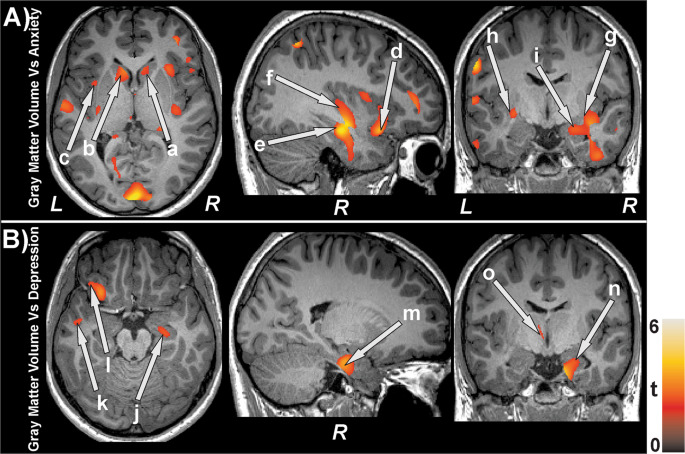People with diabetes and other conditions can benefit from high-intensity water exercise.
According to research, adults with chronic conditions can exercise more effectively when they participate in aquatic high-intensity interval training (AHIIT). They observed that AHIIT had an effect comparable to that of land-based training (LBHIIT) and that it might be a useful and safe substitute for those with long-term medical conditions who are unable to engage in land-based exercise. Although there is conflicting data regarding the physiological benefits of exercising in the water, experts agree that it can help reduce joint strain and enable individuals to perform movements that they may not be able to on dry land. For those with long-term medical conditions who find land-based training too challenging, researchers have a message. Come on in. The water is clear. Currently available in the BMJ Open Sport and Exercise Medicine journal. According to the study, adults with chronic conditions like diabetes and arthritis can exercise more effectively when they participate in high-intensity interval training (AHIIT), which is conducted in water. Additionally, the researchers claim that AHIIT has an effect comparable to that of land-based training (LBHIIT) and that it could be a beneficial and safe substitute for LBHIIT for those with long-term medical conditions. Dr. Sports medicine expert Mark Slabaugh of Mercy Medical Center in Baltimore told Medical News Today that exercising in the water has obvious advantages for those with chronic pain, arthritis, and tendinitis.
Salbaugh, who was not involved in the study, said, “This study gives us as clinicians even more options for patients who are interested in cross training and doing HIIT workouts but can not due to joint pain.”. “I advise my patients to begin with these brief AHIIT sessions and work their way up to longer swimming sessions, as swimming is a sport that can be continued well into old age. The study team examined 18 trials to compare the effects of AHIIT and LBHIIT on participants’ ability to exercise (as determined by oxygen consumption, walking tests, and other physical fitness assessments). Additionally, they contrasted AHIIT with a control group that did not exercise and moderate-intensity exercise in water (AMICT). Using the widely accepted GRADE system, the researchers evaluated the degree of certainty in the evidence. They examined 868 participants with a variety of illnesses, including multiple sclerosis, back pain, arthritis, type 2 diabetes, and chronic lung disease (COPD), with 74% of the participants being female. A few individuals were dealing with multiple chronic illnesses. Standardized mean differences (SMD) were used in the study to represent group differences. A small effect was indicated by an SMD of 0.2-0.49, a moderate effect by 0.5-0.79, and a large effect by 0.8 or more.
According to the study, AHIIT had a minor positive impact when compared to AMICT (SMD 0.45) and a moderately positive impact when compared to no exercise (SMD 0.78). Furthermore, there was no discernible difference in the exercise capacity between LBHIIT and AHIIT. Compared to LBHIIT, fewer adverse events were reported with AHIIT. The range of 84 percent to 100 percent was the adherence rate for AHIIT. Physical therapist Sydnee Corbin is also the clinic director of SporTherapy in Texas, where therapy is conducted in a swimming pool. Water-based therapy, according to Corbin, who was not involved in the study, helps people with conditions like osteoarthritis, balance issues, sensory processing disorders, generalized weakness/deconditioning, and post-operative patients by offloading joints while increasing resistance. According to Corbin, “the pool is a great opportunity to provide resistance and sensory feedback—a unique property that is difficult to replicate on land.”. Reaching a patient population that would otherwise be sedentary or inactive can be greatly facilitated by an aquatic setting. “.
According to Corbin, individuals who suffer from osteoarthritis, persistent low back pain, or other long-term medical conditions might not be able to fully engage in LBHIIT and reap the full benefits of HIIT. “By introducing AHIIT, we can decrease further health risks to those populations and be more inclusive to them,” the speaker stated. In addition to offloading joints, the aquatic environment gives users’ systems sensory input that might otherwise be sensitized due to chronic pain, constant resistance from the water, and, if done in a heated pool, the ability to relax otherwise painful muscles and joints. “Mr. Medical News Today was informed by William Ashford, an orthopedic surgeon at AICA Orthopedics in Atlanta who was not involved in the study, that AHIIT presents a highly effective treatment modality, especially for individuals with musculoskeletal conditions like chronic back pain and arthritis. According to Ashford, the buoyancy of the water minimizes joint stress and offers a natural resistance, enabling people to engage in exercises that would be too painful or impractical on land. Additionally, Ashford noted that the cardiovascular benefits of HIIT are well-established, and applying this knowledge to an aquatic setting appears to enhance these benefits for some populations. According to Ashford, maintaining an exercise routine is essential to managing chronic illnesses.
Water exercise has its limitations as well. “Although beneficial for numerous individuals, it may not be appropriate for all patients, particularly those with specific chronic lung conditions, as the water pressure may cause difficulties in breathing,” stated Ashford. Also, some patients may find it difficult to get to the right facilities. Having said that, Ashford recommended further study to find strategies for expanding the reach of water-based therapy. “AHIIT is a highly effective, flexible, and patient-centered method for treating a range of chronic illnesses,” the speaker stated. The benefits of HIIT are combined with the special qualities of water to create a synergistic effect that can be especially helpful for patients who have trouble with land-based exercises. “.
REFERENCES:
For diabetics medications that have been suggested by doctors worldwide are available here https://mygenericpharmacy.com/index.php?cPath=77_95



